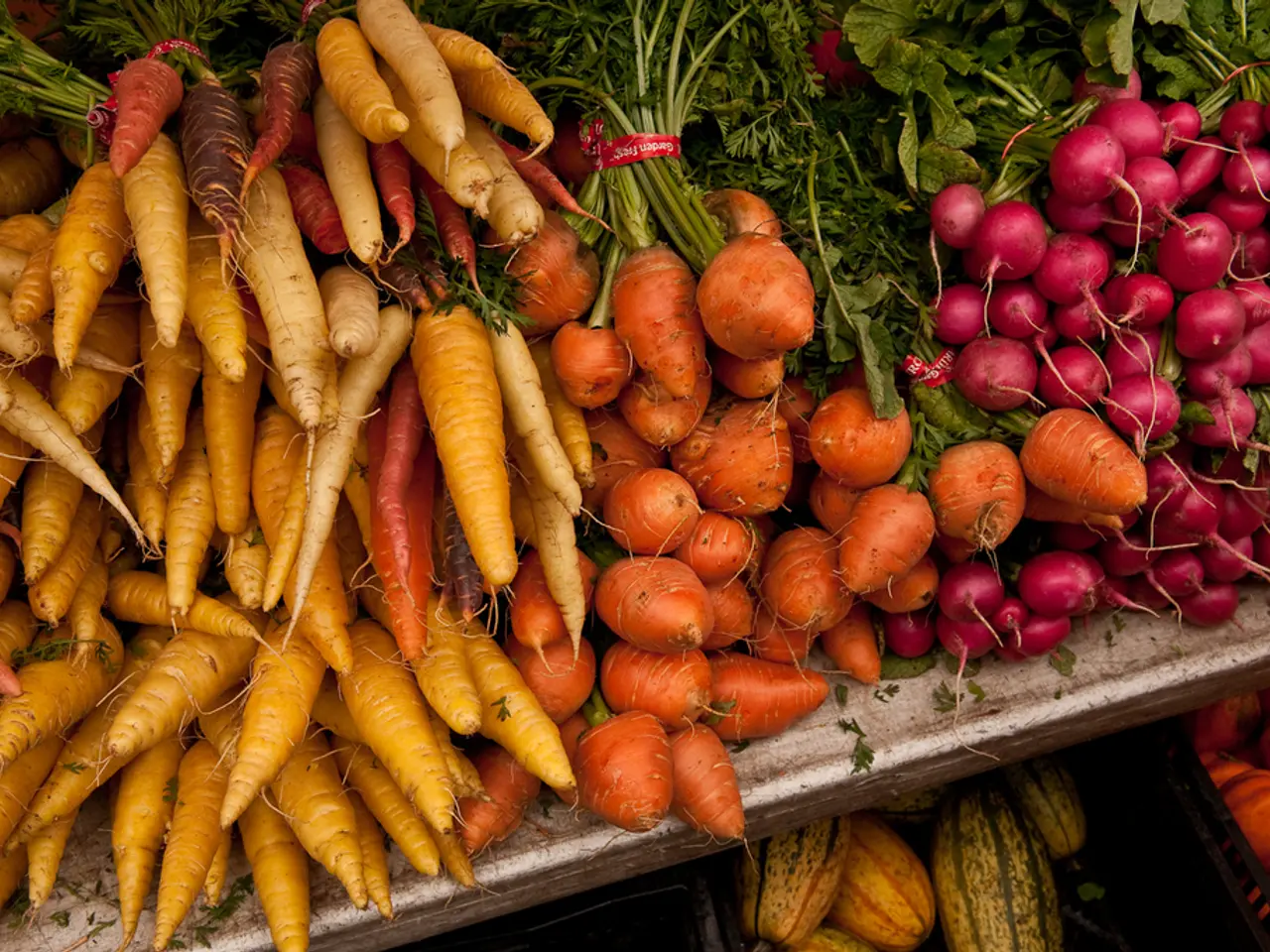August is a suitable month for planting these 10 species on your property.
August is a pivotal month for gardeners, as it marks the beginning of the season for planting fast-growing crops that will provide a harvest in the coming months and a bountiful spring crop.
Fast-growing vegetables like radishes, spinach, turnips, kale, mizuna, Swiss chard, beets, carrots, lettuce, and string beans can all be planted in August. These crops are particularly suited to cooler temperatures, allowing for multiple harvests within the season and even overwintering in some cases.
Radishes, among the fastest maturing, can be harvested in as little as 3-5 weeks, providing multiple opportunities for harvests within the season.
Spinach is another cool-weather lover, growing quickly and preferring cooler temperatures. Heat-resistant varieties like ‘Amazon’ and ‘Mikado’ work well if late August is cooler.
Turnips can be harvested in 30-60 days depending on variety, and are dual-purpose for roots and greens, tasting sweeter after frost.
Kale is hardy for overwintering, with sowing possible in August indoors or direct sow, allowing for a harvest through winter and early spring. Varieties like Lacinato (Dinosaur kale) are particularly suitable.
Mizuna is a fast-growing Asian leafy green with a mild peppery flavor, ideal for cut-and-come-again harvesting.
Swiss chard matures in 55-60 days and is tolerant of cold, making it useful through fall and winter.
Beets are ready in about 50-60 days, with baby beets and greens available sooner. They prefer compost-rich soil.
Carrots take longer (~60 days) but taste better after cool weather. Faster varieties include ‘Romeo’ and ‘Scarlet Nantes’.
Lettuce, especially romaine and loose-leaf types, is bolt-resistant in August and matures quickly for fall harvests.
String beans have some varieties that mature in about 52 days, making them a suitable choice for direct sowing in August for a September harvest. They are relatively low maintenance.
Planting these crops now leverages the cooler temperatures of late summer and fall for sweeter and hardier produce, with many able to tolerate light frosts and overwinter for spring harvests.
In addition to these vegetables, August is also the ideal time to plant garlic for the winter. The best fertilizers for garlic are compost, ash, and well-rotted manure (not fresh!). Roses and perennials like phlox, peonies, geraniums, statice, asters, and lavender thrive when planted in August as well.
To ensure success, it's important to add some superphosphate and ash when planting onions. Roses should be planted in a calm, windless spot with morning sun and afternoon shade, and the bed should be raised, enriched with compost and manure. Perennials should be planted 1-1.5 months before the first frost.
Cover crops like mustard, clover, and other cover crops can be sown in "empty" land to enrich the soil, suppress weeds, protect land from erosion, and make excellent green manure when tilled under.
If frost is expected, covering the beds with agrofiber can help ensure an early spring harvest. Onions prefer full sun, well-drained soil, and should be spaced at least 7-8 cm apart. In August, early varieties of onions can be planted for greens.
Strawberries and berry bushes like currants and gooseberries can also be planted in August. Late summer is suitable for establishing a new strawberry patch, with plants having time to root before frost for early growth in spring. Berry bushes like currants and gooseberries should be planted with a "head start."
Planting these crops now and taking care of them properly, including regular watering, gently loosening the soil, mulching beds to retain moisture and suppress weeds, choosing mild fertilizers like compost, wood ash, and manure, and monitoring the weather to protect plants with cover material on cool nights if frost is expected, will help ensure a bountiful return next spring, allowing for enjoyment of fresh greens, early blooms, and berries.
In August, radishes can be harvested in as little as 3-5 weeks, providing multiple opportunities for harvests within the season.
Kale is hardy for overwintering, with sowing possible in August indoors or direct sow, allowing for a harvest through winter and early spring.
In addition to these vegetables, August is also the ideal time to plant garlic for the winter.



